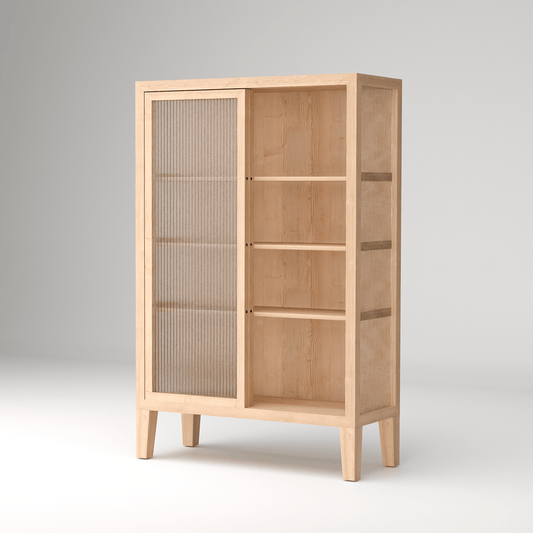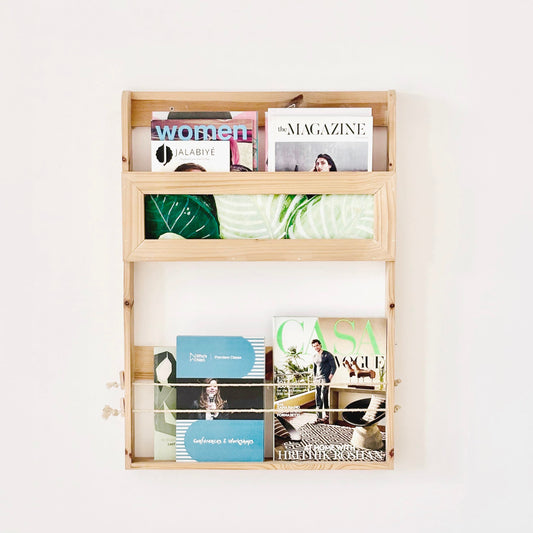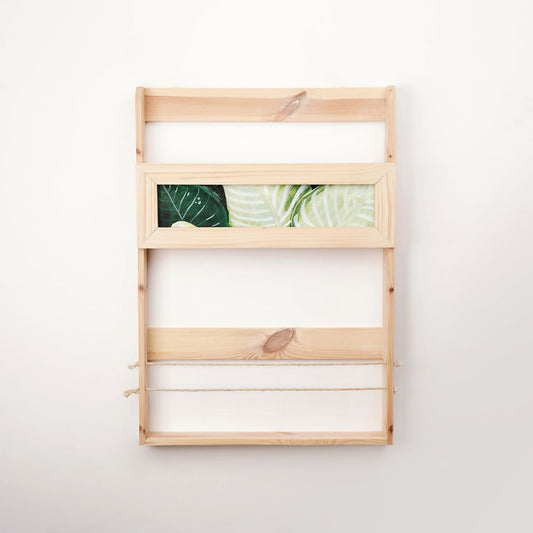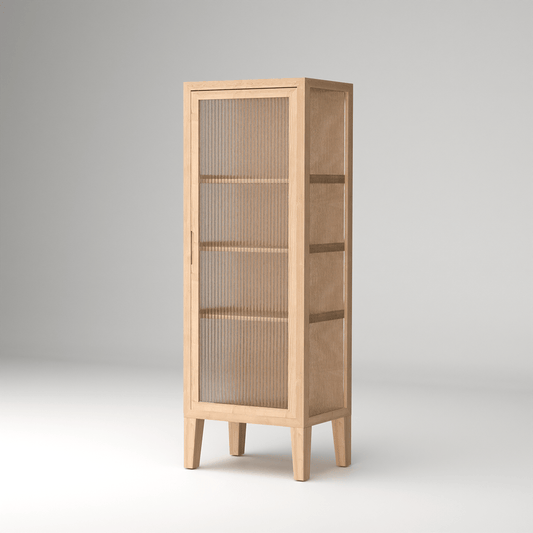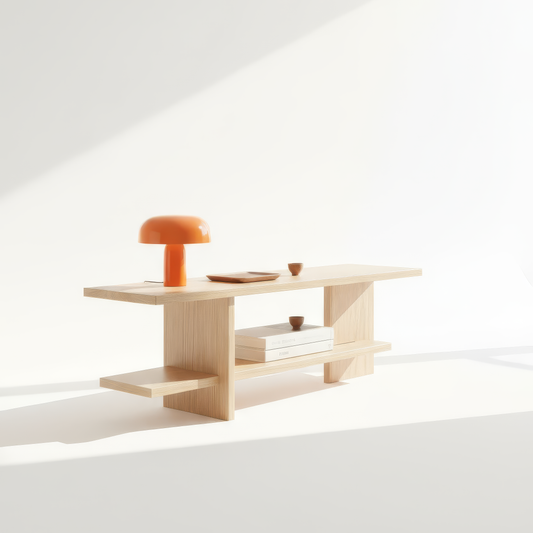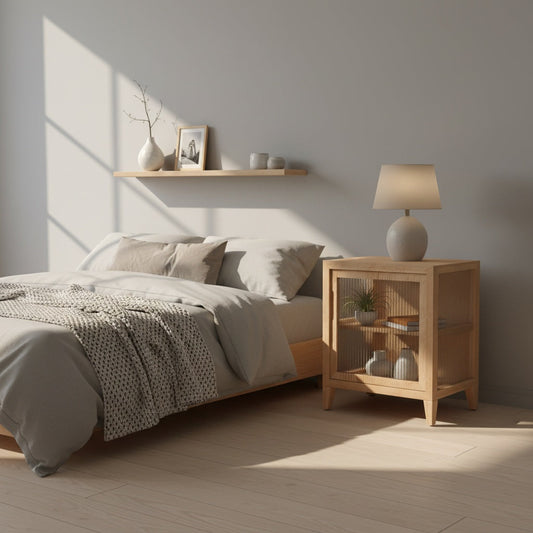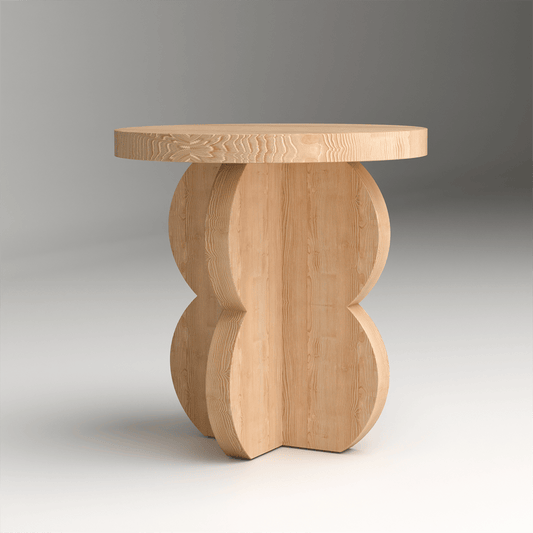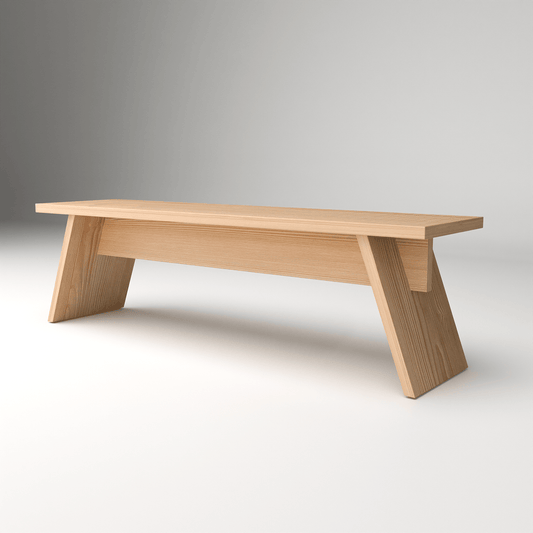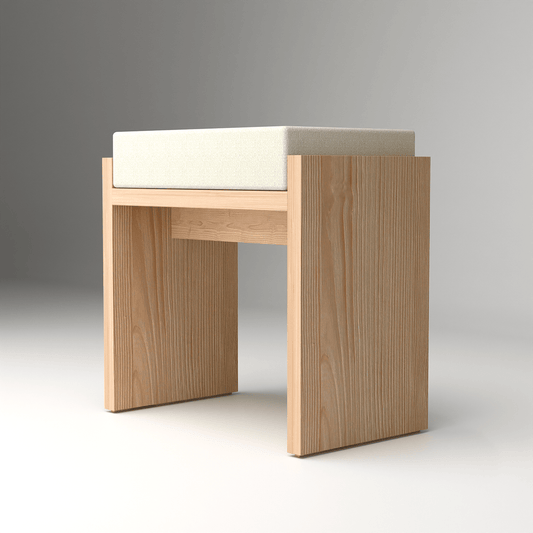Scandinavian design continues to evolve, and 2025 brings exciting new trends that blend traditional Nordic minimalism with enhanced comfort and sustainability. As we move into this new era of home design, the focus shifts toward creating spaces that not only look beautiful but also nurture our well-being and support mindful living.
At A Good Life, we've been observing these emerging trends closely, particularly how they align with our mission of creating beauty in homes through sustainable, handcrafted wooden products. Let's explore the ten most significant Scandinavian design trends that will define 2025.
The Evolution of Scandinavian Design in 2025
The Scandinavian design movement has always been rooted in functionality, simplicity, and connection to nature. However, 2025 marks a pivotal shift toward what designers are calling "comfort-first minimalism." This evolution reflects our collective desire for homes that serve as sanctuaries in an increasingly complex world.
Why 2025 is Different
Unlike previous years where stark minimalism dominated, 2025 Scandinavian design embraces warmth, texture, and emotional comfort. This shift acknowledges that our homes need to support both our physical and mental well-being.
Trend 1 - Comfort-First Furniture Design
The biggest trend reshaping Scandinavian interiors is the move toward comfort-first furniture. Gone are the days of choosing style over substance. 2025 brings plush, inviting pieces that don't compromise on aesthetic appeal.
Key Elements:
- Oversized cushions and soft textures
- Rounded edges on wooden furniture
- Deeper seating arrangements
- Multi-layered comfort systems
This trend perfectly aligns with handcrafted wooden furniture that prioritizes both beauty and functionality. Pine wood pieces with gentle curves and thoughtful ergonomics exemplify this movement.
Trend 2 - Sustainable Material Focus
Sustainability takes center stage in 2025, with reclaimed and responsibly sourced materials becoming non-negotiable elements of Scandinavian design.
Popular Sustainable Materials:
- Reclaimed pine wood
- FSC-certified timber
- Recycled metals
- Natural fiber textiles
- Low-impact finishes
The emphasis on reclaimed pine wood reflects a deeper understanding of environmental responsibility while maintaining the natural beauty that defines Nordic aesthetics.
Trend 3 - Warm Wood Tones
2025 sees a departure from the cool, bleached woods of previous years. Warmer, natural wood tones create more inviting and emotionally comforting spaces.
Trending Wood Finishes:
- Natural pine with honey undertones
- Light oak with visible grain
- Untreated wood with natural patina
- Oil-finished surfaces that age gracefully
These warmer tones create a more welcoming atmosphere while maintaining the clean lines that define Scandinavian style.
Trend 4 - Multifunctional Design Solutions
Space efficiency remains crucial, but 2025 brings smarter, more elegant multifunctional solutions that don't sacrifice style for practicality.
Smart Multifunctional Pieces:
- Storage ottomans with hidden compartments
- Expandable dining tables
- Wall-mounted desks that fold away
- Modular shelving systems
- Bedside tables with integrated charging stations
Speaking of bedside functionality, our Nordic Fluted Glass Bedside Table perfectly embodies this trend, combining Scandinavian aesthetics with practical storage solutions in sustainable pine wood.
Trend 5 - Biophilic Design Integration
The connection between indoor and outdoor spaces becomes more intentional in 2025, with biophilic design principles deeply integrated into Scandinavian interiors.
Biophilic Elements:
- Natural wood grain patterns
- Organic shapes and forms
- Indoor plant integration
- Natural light maximization
- Earth-tone color palettes
Trend 6 - Textural Layering
2025 Scandinavian design embraces rich textural contrasts while maintaining visual harmony. This trend adds depth and interest to minimalist spaces.
Texture Combinations:
- Smooth wood paired with rough textiles
- Matte finishes contrasted with subtle sheens
- Soft fabrics against hard surfaces
- Natural and processed materials mixed thoughtfully
Trend 7 - Curved and Organic Forms
Sharp angles give way to softer, more organic shapes that create a sense of flow and movement in Scandinavian interiors.
Curved Design Applications:
- Rounded furniture corners
- Oval dining tables
- Curved cabinet fronts
- Organic-shaped accessories
- Flowing architectural elements
Trend 8 - Mindful Color Palettes
Color choices in 2025 focus on psychological well-being, with carefully curated palettes that promote calm and focus.
2025 Scandinavian Colors:
- Warm whites and creams
- Soft sage greens
- Muted terracotta tones
- Gentle lavender grays
- Natural wood browns
Trend 9 - Artisanal Craftsmanship
Hand-crafted elements gain prominence as people seek authentic, meaningful pieces that tell stories and connect them to traditional craftsmanship.
Artisanal Features:
- Visible wood grain and natural imperfections
- Hand-finished surfaces
- Traditional joinery techniques
- Unique, one-of-a-kind pieces
- Local craftsperson collaborations
Trend 10 - Digital Wellness Zones
Creating spaces that encourage digital detox and mindful living becomes essential in 2025 Scandinavian design.
Digital Wellness Features:
- Dedicated reading nooks
- Tech-free bedroom designs
- Meditation corners
- Analog clock preferences
- Hidden cable management
Implementing These Trends in Your Home
Incorporating these trends doesn't require a complete home overhaul. Start with key pieces that embody multiple trends, such as a handcrafted pine wood nightstand that combines sustainable materials, warm tones, and artisanal craftsmanship.
Getting Started:
- Choose one or two trends to focus on initially
- Invest in quality, sustainable pieces
- Layer textures gradually
- Prioritize comfort in seating areas
- Create designated wellness spaces
The Future of Scandinavian Design
These 2025 trends represent more than aesthetic choices; they reflect a fundamental shift toward design that supports human well-being and environmental responsibility. As we move forward, expect to see continued emphasis on comfort, sustainability, and mindful living.
The beauty of Scandinavian design lies in its ability to evolve while maintaining its core principles. These trends honor the movement's heritage while addressing contemporary needs for comfort, sustainability, and emotional well-being.


